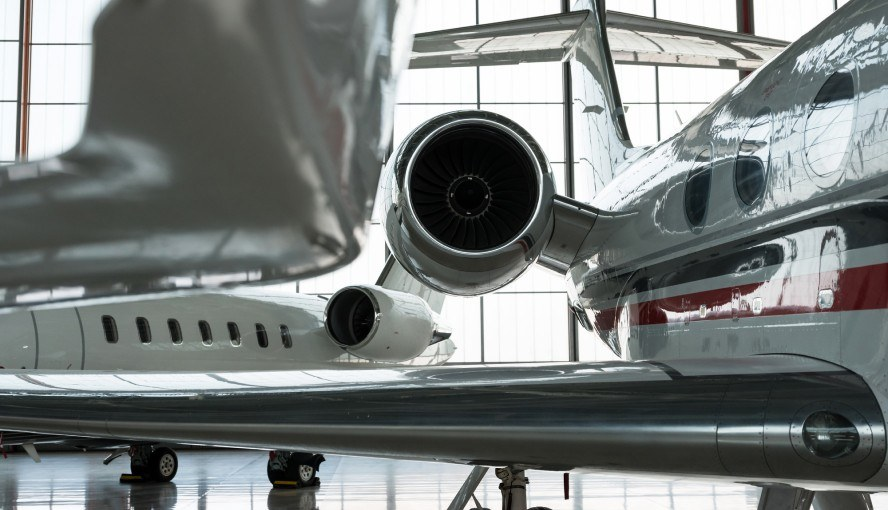Altimeter: Types, How They Work, & Importance in Aviation
Soaring through the skies demands precision, and at the heart of safe aviation lies the altimeter. This crucial instrument provides pilots with vital altitude information, ensuring safe separation from terrain and other aircraft.
Understanding how altimeters function is paramount for anyone involved in aviation, from seasoned pilots to aspiring students. This article demystifies the world of altimeters, exploring the different types, their underlying principles, and their critical role in maintaining flight safety. We'll cover everything from basic pressure altimeters to sophisticated radar and laser systems, providing a clear and comprehensive overview of this essential flight instrument.
Discover how these ingenious devices translate atmospheric pressure into altitude readings, enabling pilots to navigate the skies with confidence and precision. Join us as we delve into the intricacies of altimeters and their indispensable contribution to the world of aviation.

What is an Altimeter and Why is it Important?
Soaring through the skies demands precision, and at the heart of safe aviation lies the altimeter. This crucial instrument provides pilots with vital altitude information, ensuring safe separation from terrain and other aircraft. Understanding how altimeters function is paramount for anyone involved in aviation, from seasoned pilots to aspiring students.
This article demystifies the world of altimeters, exploring the different types, their underlying principles, and their critical role in maintaining flight safety. We'll cover everything from basic pressure altimeters to sophisticated radar and laser systems, providing a clear and comprehensive overview of this essential flight instrument.
Discover how these ingenious devices translate atmospheric pressure into altitude readings, enabling pilots to navigate the skies with confidence and precision. Join us as we delve into the intricacies of altimeters and their indispensable contribution to the world of aviation.
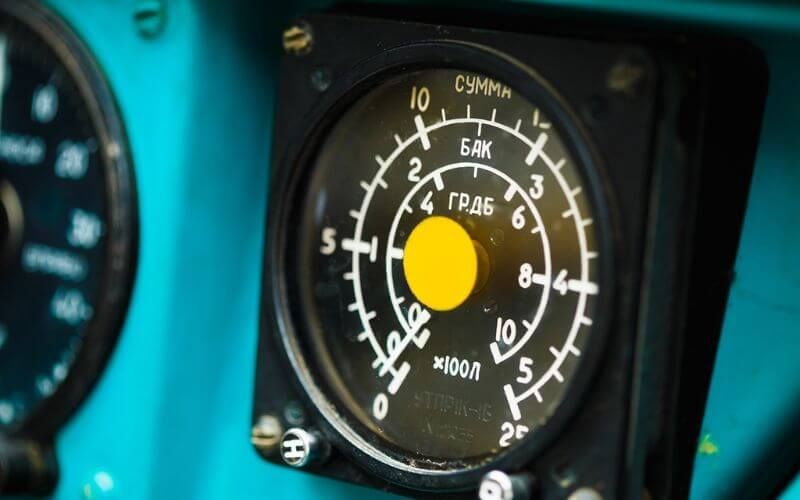
Types of Altimeters: Exploring Different Altitude Measurement Technologies
Barometric Altimeter: The Industry Standard
Barometric altimeters are the most common type of altimeter found in aircraft, relying on the fundamental principle that atmospheric pressure decreases with increasing altitude. These instruments utilize aneroid wafers, also known as barometric capsules, which are sealed, flexible chambers that expand and contract with changes in air pressure.
This movement is mechanically or electronically linked to the altimeter's display, indicating altitude. A crucial component of the barometric altimeter is the Kollsman window, which allows pilots to adjust the instrument to local atmospheric pressure settings received from air traffic control or weather stations. This ensures accurate altitude readings relative to sea level.
Traditional barometric altimeters use analog displays, including three-pointer, drum-pointer, counter-pointer, and counter-drum-pointer configurations. Modern aircraft often feature electronic displays integrated within Electronic Flight Instrument Systems (EFIS), providing pilots with clear, digital altitude information, including pressure altitude and indicated altitude.
Radio Altimeter (Radar Altimeter): Measuring Height Above Ground
Unlike barometric altimeters, radio altimeters use radio waves to directly measure the aircraft's height above the terrain directly below, providing absolute altitude (height above ground level – AGL).
The instrument transmits radio waves downwards, which are reflected back from the ground. By measuring the time it takes for the signal to return, the radio altimeter calculates the aircraft's precise height above the ground. Radio altimeters are particularly valuable during low-level flight, approaches, and landings, offering critical information for terrain avoidance.
They also play a crucial role in Ground Proximity Warning Systems (GPWS) and Enhanced Ground Proximity Warning Systems (EGPWS), alerting pilots to potentially dangerous proximity to the ground. This real-time AGL data complements the altitude above sea level provided by barometric altimeters, enhancing overall situational awareness and safety.
GPS Altimeter: Leveraging Satellite Technology
GPS altimeters utilize satellite signals to determine altitude, providing a global coverage advantage. These instruments receive signals from multiple satellites in the Global Positioning System (GPS), along with other systems like WAAS, EGNOS, and GLONASS. By triangulating these signals, the GPS altimeter can calculate the aircraft's three-dimensional position, including altitude (geodetic altitude). While GPS altimeters offer global coverage, it’s important to understand their limitations.
Accuracy can be affected by signal interference or atmospheric conditions. Therefore, while useful as a supplemental source of altitude information, they are not typically the primary altimeter for critical phases of flight, and shouldn’t replace barometric and radio altimeters.
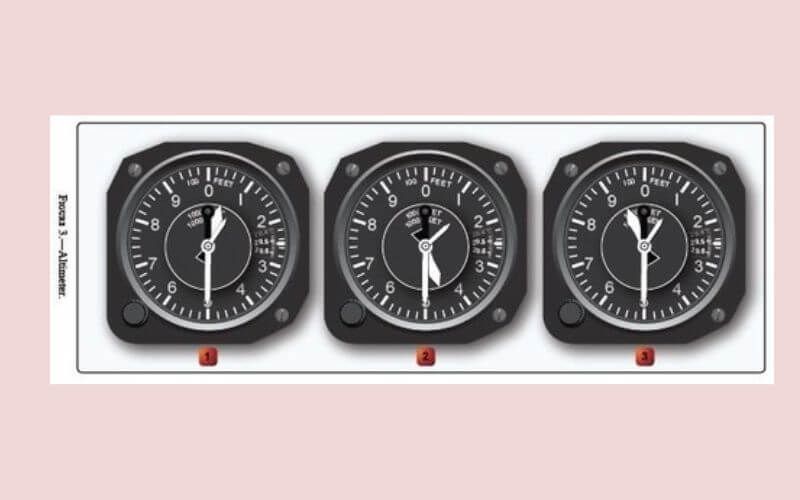
Understanding Altimeter Settings and Calibration
How to Set a Barometric Altimeter
Setting the barometric altimeter correctly is crucial for safe flight. Pilots use the Kollsman window to adjust the altimeter based on the local atmospheric pressure, ensuring accurate altitude readings.
This setting is provided by Air Traffic Control (ATC) or obtained through Automated Weather Observing System (AWOS) broadcasts and METAR reports. To set the altimeter, rotate the Kollsman window knob until the correct pressure setting appears in the window. Understanding the different altimeter settings is essential. QNH refers to the altimeter setting that displays altitude above mean sea level, the most commonly used setting during flight.
QFE provides height above the airfield elevation, primarily used during takeoff and landing. QNE, or pressure altitude, is a standard setting of 1013.2 hPa or 29.92 inHg used above a certain transition altitude, simplifying altitude management in controlled airspace. Using the correct altimeter setting ensures that all aircraft are operating with a common altitude reference, preventing conflicts.
Altimeter Calibration: Ensuring Accuracy
Regular calibration is paramount for maintaining altimeter accuracy and ensuring flight safety. An uncalibrated altimeter can provide inaccurate altitude readings, potentially leading to dangerous situations like controlled flight into terrain or near-mid-air collisions.
Calibration involves verifying the altimeter's readings against a known standard, ensuring its accuracy across the entire operating range. This process typically involves specialized equipment and is performed by certified technicians. They check the entire pitot-static system, which supplies the static pressure to the altimeter, ensuring the system's integrity and the accuracy of the altitude information provided to the pilot.
Regular maintenance and adherence to relevant regulations are essential to guarantee the reliable performance of this vital flight instrument.
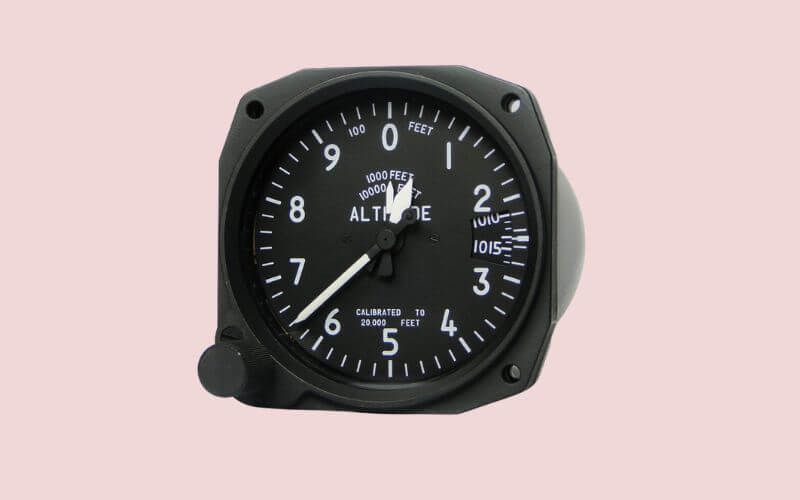
Decoding Altimeter Terminology: Essential Terms and Concepts
Understanding the various terms associated with altimeters is crucial for pilots and anyone involved in aviation. Indicated altitude is simply the reading displayed on the altimeter. True altitude, on the other hand, represents the aircraft's actual height above mean sea level (MSL).
Absolute altitude (AGL) refers to the height above ground level, a critical parameter for terrain avoidance. Pressure altitude is the altitude displayed when the altimeter setting is 29.92 inHg or 1013.25 hPa, a standard reference used in flight planning and performance calculations. Lastly, density altitude is pressure altitude corrected for non-standard temperature deviations from the International Standard Atmosphere (ISA).
Density altitude significantly affects aircraft performance, especially during takeoff and landing. These terms are interconnected and provide pilots with a comprehensive understanding of their vertical position and the surrounding environment. Knowing the differences between these altitudes is essential for safe and efficient flight planning and operation.
The Historical Impact of the Altimeter: From Blind Flight to Modern Aviation
The altimeter has played a pivotal role in the advancement of aviation, enabling flight in conditions where visual references are limited or nonexistent. A landmark moment in aviation history came in 1929 when James Doolittle achieved the first true instrument flight, relying entirely on instruments, including the altimeter, to navigate and land safely.
This groundbreaking achievement demonstrated the potential for flight beyond visual limitations, paving the way for safer and more reliable air travel. A crucial advancement in altimeter technology came in 1928 with Paul Kollsman's invention of the sensitive altimeter. This innovative instrument incorporated a key feature: the Kollsman window.
This allowed pilots to adjust the altimeter for variations in atmospheric pressure, significantly improving the accuracy of altitude readings and enhancing flight safety. Kollsman's invention revolutionized aviation, making instrument flight more practical and safe, and remains a fundamental component of modern altimeters. These historical milestones highlight the altimeter's essential contribution to the development of modern aviation.
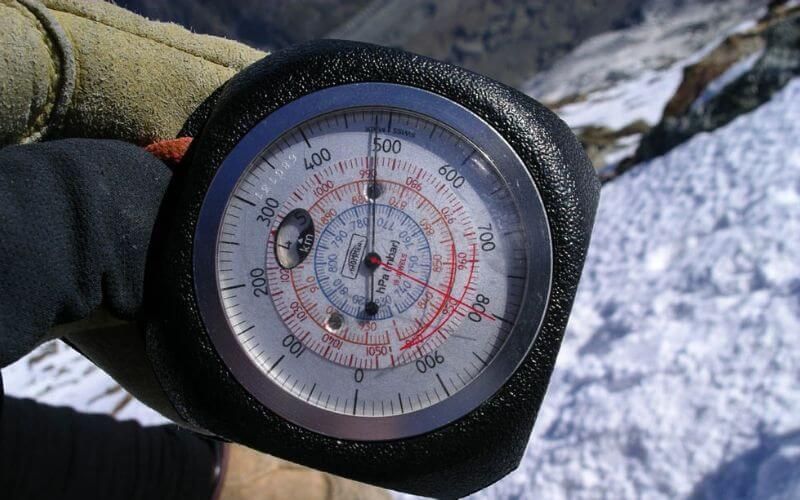
FAQs about Altimeters
What happens if the altimeter fails during flight?
Pilots are extensively trained to handle various instrument failures, including altimeter malfunctions. In the event of an altimeter failure, pilots utilize backup instruments and procedures to maintain safe flight.
The Vertical Speed Indicator (VSI) can help determine if the aircraft is climbing, descending, or level. GPS can provide an estimate of altitude, although it's not as precise as a calibrated altimeter. Pilots can also contact Air Traffic Control for assistance and rely on their training to safely navigate and land the aircraft.
How often do altimeters need to be calibrated?
Altimeter calibration intervals are governed by regulations and aircraft manufacturer recommendations. Generally, altimeters undergo inspection and testing every 24 calendar months as part of the aircraft's mandated inspections. This ensures the instrument's accuracy and reliability. Additional checks may be performed if any issues are suspected.
What’s the difference between a pressure altimeter and a radio altimeter?
Pressure altimeters determine altitude based on atmospheric pressure changes, referencing sea level. Radio altimeters, conversely, measure the aircraft's height above the terrain directly below using radio waves, providing absolute altitude (AGL).
How does temperature affect altimeter readings?
Temperature variations influence air density, impacting altimeter readings. Colder than standard temperature causes the altimeter to overread (indicate a higher altitude than actual), while warmer temperatures cause it to underread (indicate a lower altitude than actual). This is because colder air is denser, leading to higher pressure at a given altitude, and vice versa.
Where can I find more information on altimeter systems?
A wealth of information on altimeter systems is readily accessible. The FAA website provides comprehensive resources, including regulations and technical guidance. Aviation textbooks, pilot training materials, and reputable online aviation resources offer in-depth explanations of altimeter principles, operation, and maintenance.
Gojets - Providing Services for Your Aviation Needs
Gojets is a premier provider of private jet services in Sydney, catering to a diverse clientele with a comprehensive range of aviation solutions. Whether you're seeking to purchase an aircraft, charter a private jet, or explore fractional ownership, Gojets offers expert guidance and personalized service.
Our aircraft sales expertise encompasses a wide selection of new and pre-owned aircraft, from light jets to heavy jets, ensuring we can meet your specific travel requirements. For jet charter needs, we offer a variety of jet sizes equipped with luxurious amenities and customizable catering options, providing seamless and comfortable travel experiences.
Gojets also specializes in fractional ownership programs, allowing you to enjoy the benefits of aircraft ownership without the full financial commitment. Our team of aviation consultants is available to provide tailored advice and support for all your aviation needs. Contact Gojets today for personalized assistance and discover how we can elevate your travel experience. Reach us by:
- Phone number: 0401036356
- Website:
https://gojets.com.au/

Altimeters are indispensable instruments for safe and efficient flight, providing pilots with crucial altitude information. Understanding the different types of altimeters, their operating principles, and the various terms associated with altitude measurement is essential for anyone involved in aviation. From the barometric altimeter, the industry standard, to radio and GPS altimeters, each type plays a vital role in ensuring safe navigation and terrain avoidance.
A thorough understanding of altimeter settings, calibration procedures, and the effects of temperature on readings is crucial for accurate altitude interpretation. For professional guidance and personalized service related to private jets and other aviation needs, contact the experts at Gojets. We're here to assist you with all your aviation requirements.







